Young employees may need help understanding their benefits and making wise health care choices—and it all starts with talking about benefits basics. Educating employees can help keep costs down and improve overall well-being. Let’s discuss the educational component of your employee benefits campaign. The earlier their training starts, the better.
Employee benefits aren’t always simple. In fact, for many young employees, they’re downright confusing. Look at basic health insurance term knowledge, for example. Only 7% of individuals can define terms like premium, deductible and coinsurance, according to UnitedHealthcare. And that limited understanding can result in significant—and often unnecessary—expenses for both employees and employers. To put it monetarily, low health literacy is estimated to cost between $106 billion and $238 billion annually, according to the National Library of Medicine.
The good news is that employees can be taught how to be wiser benefits consumers, but the earlier their training starts, the better. Properly educating employees can help keep costs down for everyone and improve overall well-being. This article outlines five ways employers can start informing young employees about their benefits right away.
Tip #1: Start With Employee Benefits 101
If employees aren’t working in the insurance industry, chances are they don’t know basic terminology—especially if they’re just entering the workforce. That’s why employers should start educating with benefits 101 initiatives, assuming employees have no base knowledge. Resources in this area cover insurance basics, such as common terms, group health coverage ins and outs, vesting schedules and enrollment period restrictions. Establishing these concepts early with new employees will allow them to maximize their benefits.
Did you know? Employees who are very satisfied with their employee benefits plans are almost 4x more likely to be very satisfied with their jobs.
Tip #2: Explain What’s In It for Them
At the core of any transactional conversation is the question of “what’s in it for me?” Employees, especially younger ones, will undoubtedly want to understand why it’s worth it to learn insurance basics. In addition to teaching employees the basics, employers should also provide education on more advanced insurance aspects like provider networks and how a little research can save employees thousands on medical procedures. Employers should be sure to explain that understanding health benefits can help employees save money, make smarter health care choices and present opportunities for greater investment potential.
Tip #3: Vary Your Benefits Campaign Messaging
White papers and handouts from insurance providers are good places to start, but young employees typically respond better to more engaging messaging. A better strategy is to vary educational messaging with a variety of formats—there’s no reason why benefits education can’t be informative and engaging. Examples include email announcements, PowerPoints, videos, mail-home flyers, posters and comprehensive packets. Employers should use several formats to help reinforce benefits literacy among employees and capture more attention.
Tip #4: Don’t Stop Educating
Benefits literacy isn’t something achieved overnight. Rather, it should begin immediately and continue year-round. There are always new topics to explain to employees—especially younger ones—including when to request a life event, how to use telemedicine, how to fill a prescription, when to visit urgent care over the emergency room and who qualifies as a dependent. Employers should consider implementing a communication schedule each year as part of an ongoing employee benefit campaign, touching on different benefits topics each month. Doing so can help tremendously by the time open enrollment comes.
Parntering with Acentria Insurance
Whether your company has 10 employees or over 1,000, we have the technology and resources to serve you and your workforce – both at a local and national level. Our team takes a consultative and innovative approach to the design, implementation, management and communication of your employee benefits programs – learn more today.
























